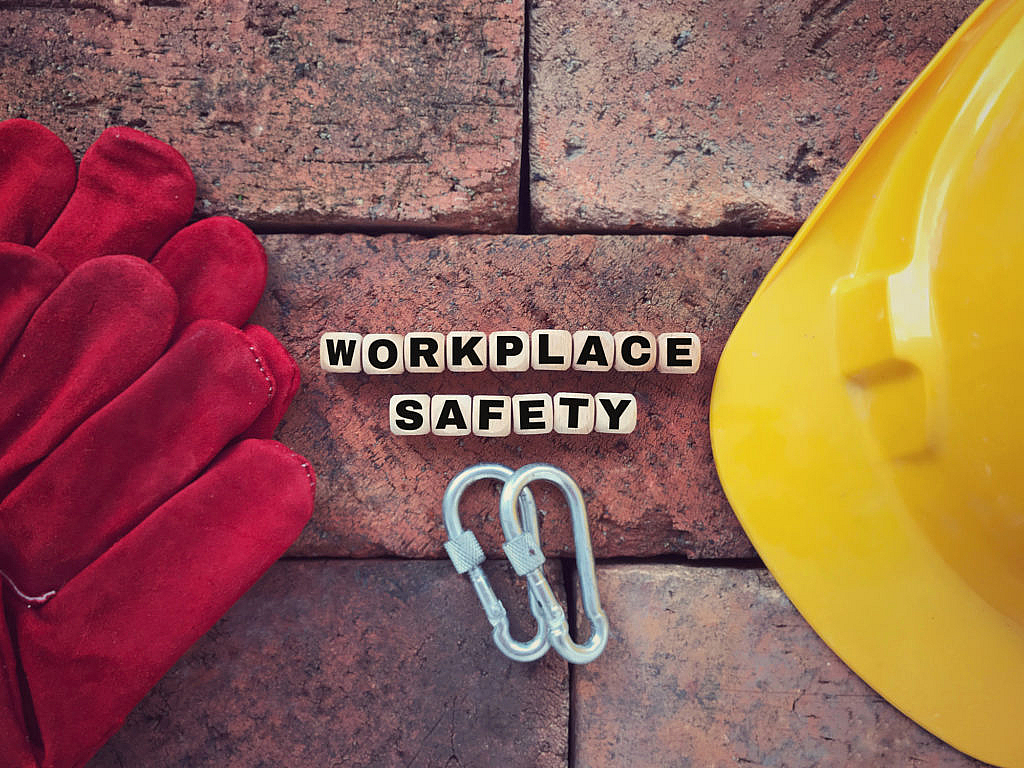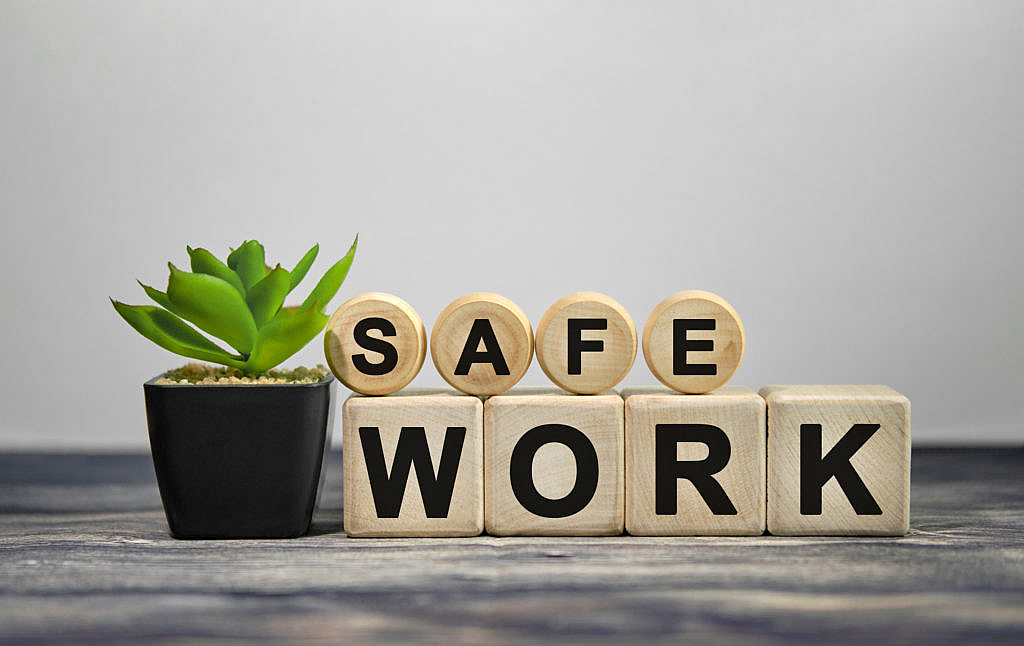How Workplace Safety Gets You Home Every Day
In every workplace regardless of the industry, safety is one of the most vital elements. Workplace safety ensures the well-being of processes, employees, and safeguard against accidents. Almost All industries consist of both fatal and non-fatal injuries. The year 2021 will be fraught with doubt for those in charge of staff safety and wellness. Many workplaces, such as offices, processing plants, and healthcare centers, are now making changes in the aftermath of the COVID-19 epidemic. While it seems that 2021 will be the year when the world returns to normalcy, it is still unknown when this will happen.
Whatever the future brings, some straightforward protection resolutions will assist you in overcoming any future obstacles. Reflect on these main protection measures in 2021 and beyond to guarantee that you are prepared for both emergencies and everyday activities. The most significant point to note is that you are accountable for your own and others’ well-being. The majority of safety precautions are common sense. Unfortunately, unless you make healthy activities a routine or a habit, they may be ignored or neglected.

Basic Rules of Workplace Safety!
By doing it correctly, you and the colleagues will contribute to workplace safety, and everybody will prosper. Accidents may happen in a lot of ways, but the most common reasons are either of two things: negligence or recklessness. You should be worried about your own safety as well as the safety of those around you. Getting yourself enrolled in OSHA 10-Hour and OSHA 30-Hour online training will enable you to learn basic safety measures given below that must be obeyed in every work environment:
- Don’t be an idiot. “Clowning and pranks” are one of the major causes of occupational accidents, and they can be legally actionable.
- Keep an eye out for moving items such as machinery, equipment, blenders, and cutting tools, and etc.
- For workplace safety, walk rather than race.
- Maintain full attention during the job.
- Avoid injuries by lifting weight the right way and limit.
- Watch out for any fall or slip hazards.
- Never indulge in an activity that you are not 100% certain about. Especially activities and task that involves machinery and equipment.
- Keep yourself vigilant to any sharp objects or surfaces. Take proper countermeasures and report them to authorities if find hazardous.
- Safety starts with reading and keeping well informed of workplace safety processes and procedures.
- Working when under the influence of alcohol or drugs is dangerous to both you and your colleagues. Also, avoid working if sleep-deprived. Sleep deprivation has known to have the same effects as drunk.
- Take all COVID-19 precautionary measures and practice social distancing at the workplace. Report immediately to authorities if you have any COVID-19 symptoms.

Major Workplace Safety Issues
- Fall, Slip, And Trip: Taking your time and paying close attention to your surroundings changing your stride to a rhythm appropriate for the walking surface and the activities at hand. Walking with your feet slightly outward. Make big turns around corners. Keeping walkways clear of debris and obstructions. Maintaining the flooring’s condition. Often use mounted light sources that provide enough lighting for your activities. When you enter a dim space with less illumination, use a torch. Being certain that the items you are holding or moving do not obscure your view of any obstructions, leaks, or other hazards. Verify that the light intensity (lux) is necessary and sufficient for the working environment. A fall hazard is one of the leading workplace safety hazards.
- Workplace Ergonomics and Strain: Identify ergonomics risks in the workplace. Once found, parts of a workplace or employee schedule may need to be redesigned. Anything that may create long-term or short-term stress in workers should be assessed, and changes to processes and workplace safety should be addressed. If it is established that ergonomic issues cannot be excluded from a workplace, controls should be placed in order to reduce the risks involved. Strains are not as severe as other forms of accidents, but they are debilitating and can result in missed work. They are affected by pulling too heavy loads and using inappropriate lifting techniques. The majority of strains do not necessitate hospital treatment.
- Lockout/Tagout Procedures: When a machine is a lockout/Tagout, the electricity to the machine is normally removed by removing a plug, flipping a lever to the off position, or turning a circuit breaker to the off position. A padlock is then used to protect the disconnected circuit in the inoperative position. The individual performing the maintenance or repair holds the key to this lock until the work on the computer is done. The worker then unlocks the unit, restoring its functionality. Before fixing or washing any unit, you must be mindful of the lock-out protocols that must be performed. Management must specifically post lock-out procedures near each unit to avoid workplace safety hazards.

Conclusion
Workplace safety should never be compromised. It is the right of every employee to work in a safe and healthy environment. Safety protocols must be strictly followed and if they are not, any workers will endanger all other employees. A safe and stable workplace not only prevents employees from injuries and sickness, but it can also decrease injuries/illness costs, absenteeism, and attrition, improve efficiency and quality, and increase employee satisfaction. In addition, being OSHA-certified will ensure that you have learned adequate knowledge about potential workplace site hazards and other essential safety topics pertinent to your job operations.





